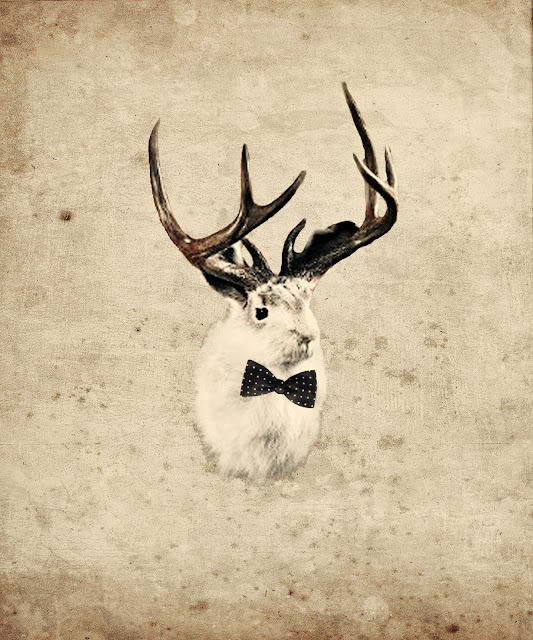Hahaha here are some facts about the
jackalope that you probably didn’t know:
·
Size: Males to 24". Females to 20".
·
Weight: Avg 6-8 lbs. Binge up to 12 lbs.
·
Horns: To 12 inches across. 2-3 points common.
·
Coat: Tawny-brown, lighter on chest &
underside.
·
Disposition: Secretive. Easily agitated.
·
Habitat: Grasslands & KOA Campgrounds.
·
Range: Western North America into Canada.
·
Diet: Grasses, beenie weenies, smores.
·
Mating Ritual: Only during intense lightning
strikes.
·
Population: Less than 10,000. (2000 Census)
·
Predators: Taxidermists, Tourists, Wall Drug.
·
Status: Endangered to threatened
·
Traits: Sure footed and agile. Nocturnal.
Opportunistic. Crude ability to mimic campground chatter. Fondness for whiskey
and Harley Davidson oil lines. Will attack if cornered or provoked. To avoid
injury, quickly fall to the ground, remain calm and still while humming the Roy
Rogers song, "Happy Trails to You."
Hahahaha I love that last one…I hope everyone knows the
tune of Happy Trails to You!
Here is a little history:
The jackalope is an antlered species of rabbit, unfortunately rumored to be extinct, though occasional sightings of this rare creature continue to occur, suggesting that pockets of jackalope populations continue to persist in its native home, the American West.
The Jackalope is an aggressive species, willing to use its antlers to fight. Thus, it is also sometimes called the "warrior rabbit."
Jackalopes possess an uncanny ability to mimic human sounds. In the old West, when cowboys would gather by their campfires to sing at night, jackalopes would frequently be heard singing back, mimicking the voices of the cowboys. Jackalopes become especially vocal before thunderstorms, perhaps because they mate only when lightning flashes (or so it is theorized).
When chased, the jackalope will use its vocal abilities to elude capture. For instance, when chased by people it will call out phrases such as, "There he goes, over there," in order to throw pursuers off its track. The best way to catch a jackalope is to lure it with whiskey, as they have a particular fondness for this drink. Once intoxicated, the animal becomes slower and easier to hunt.
Well, now you know a little bit about jackalopes…how to escape them and lure them in! Keep your eyes peeled the next time you’re out riding horse or camping and maybe you’ll catch a glimpse of the allusive fuzz balls!
I found these facts from http://www.bikernation.net/jackalope.htm















